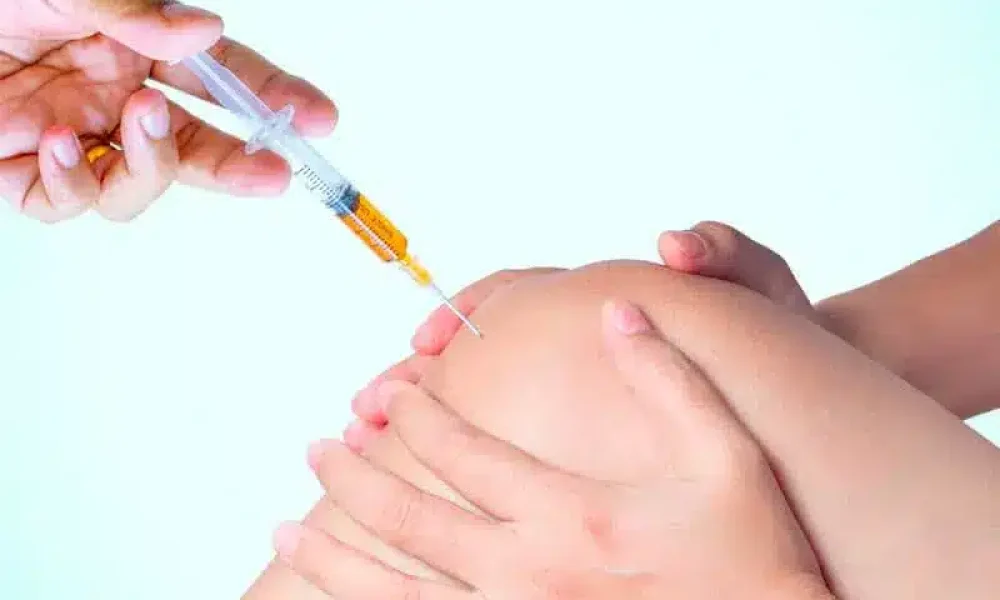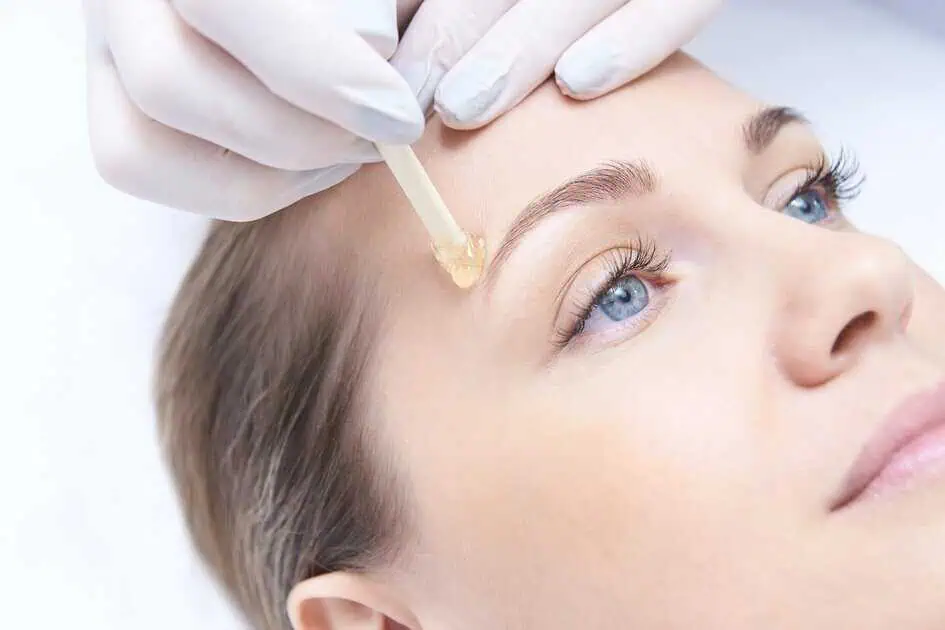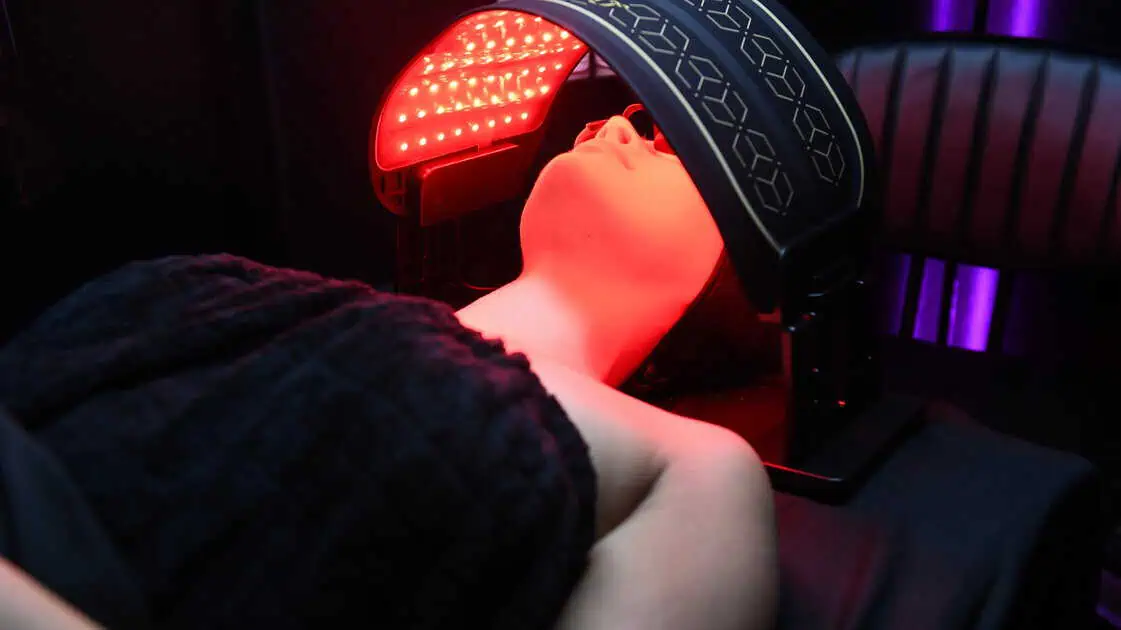Introduction:
In recent years, Platelet-Rich Plasma (PRP) therapy has gained significant traction as a regenerative treatment for various medical conditions, including joint pain and injuries. PRP joint injections have emerged as a promising option for individuals seeking alternatives to surgery or traditional pain management methods. But what exactly are PRP joint injections, and how do they work? This comprehensive guide will delve into six key aspects of PRP joint injections to help you better understand this innovative treatment option.
Understanding PRP Joint Injections:
PRP joint injections involve using the patient’s blood plasma enriched with platelets containing growth factors. These growth factors play a crucial role in tissue repair and regeneration. During the procedure, a small amount of blood is drawn from the patient and processed in a centrifuge to separate the platelets from other blood components. The concentrated platelet-rich plasma is then injected into the affected joint under ultrasound or fluoroscopy guidance.
PRP joint injections harness the body’s natural healing mechanisms to promote tissue regeneration and reduce inflammation within the joint. This minimally invasive approach offers a safe and effective alternative to surgery for individuals suffering from joint pain and mobility issues.
Conditions Treated with PRP Joint Injections:
PRP joint injections have shown promising results in treating musculoskeletal conditions, including osteoarthritis, tendon injuries, ligament tears, and cartilage damage. These injections can be administered in joints such as the knee, shoulder, hip, ankle, and wrist. Patients experiencing chronic pain or limited mobility due to joint degeneration or injury may benefit from PRP therapy as a non-surgical treatment option.
Research studies and clinical trials have demonstrated the efficacy of PRP joint injections in promoting tissue repair and improving joint function. Many patients experience long-lasting relief from pain and stiffness, allowing them to resume their daily activities with greater comfort and mobility.
The Procedure and Recovery Process:
PRP joint injections are typically performed as an outpatient procedure in a medical office or clinic. The entire process, from blood draw to injection, can usually be completed in under an hour. Before the procedure, the skin around the injection site is cleaned, and a local anesthetic may be applied to minimize discomfort.
After the injection, patients may experience some mild soreness or swelling at the injection site, which usually resolves within a few days. It’s essential to follow any post-procedure instructions provided by your healthcare provider, which may include avoiding strenuous activities for a brief period and applying ice to the injection site to reduce swelling.
Benefits of PRP Joint Injections:
PRP joint injections offer several potential benefits for individuals seeking relief from joint pain and dysfunction. Unlike corticosteroid injections, which primarily provide temporary pain relief by reducing inflammation, PRP therapy targets the underlying cause of the problem by stimulating the body’s natural healing processes.
Some of the key benefits of PRP joint injections include:
- Promotes tissue repair and regeneration
- Reduces inflammation and pain
- Improves joint function and mobility
- Minimally invasive with minimal risk of complications
- May delay or prevent the need for surgery
- Long-lasting results for many patients
Using the regenerative power of platelet-rich plasma, PRP joint injections offer a holistic approach to treating joint conditions and promoting overall joint health.
Considerations and Potential Risks:
While PRP joint injections are generally considered safe and well-tolerated, it is essential to discuss the procedure with your healthcare provider and weigh the potential risks and benefits based on your circumstances. Some factors to consider include your condition’s severity, overall health, and any underlying medical conditions you may have.
Potential risks associated with PRP joint injections may include:
- Temporary increase in pain or discomfort
- Infection at the injection site
- Allergic reaction to the injected substance
- Damage to surrounding tissues or nerves
- Failure to achieve the desired therapeutic outcome
To minimize the risk of complications, it’s crucial to choose a qualified and experienced healthcare provider who specializes in PRP therapy and has a thorough understanding of the procedure’s nuances.
Conclusion:
PRP joint injections offer a promising treatment option for individuals suffering from joint pain and mobility issues due to osteoarthritis, tendon injuries, and other musculoskeletal conditions. By harnessing the regenerative power of platelet-rich plasma, PRP therapy promotes tissue repair and regeneration while reducing inflammation and pain.
If you’re considering PRP joint injections as a treatment option, it’s essential to consult with a qualified healthcare provider who can assess your condition and determine whether you’re a suitable candidate for the procedure. At LOURE Aesthetics, our experienced team specializes in PRP therapy and other innovative regenerative treatments to help you achieve optimal joint health and function.
Contact us today to schedule a consultation and learn more about how PRP joint injections can benefit you. With LOURE Aesthetics, you can take the first step toward a pain-free and active lifestyle.








